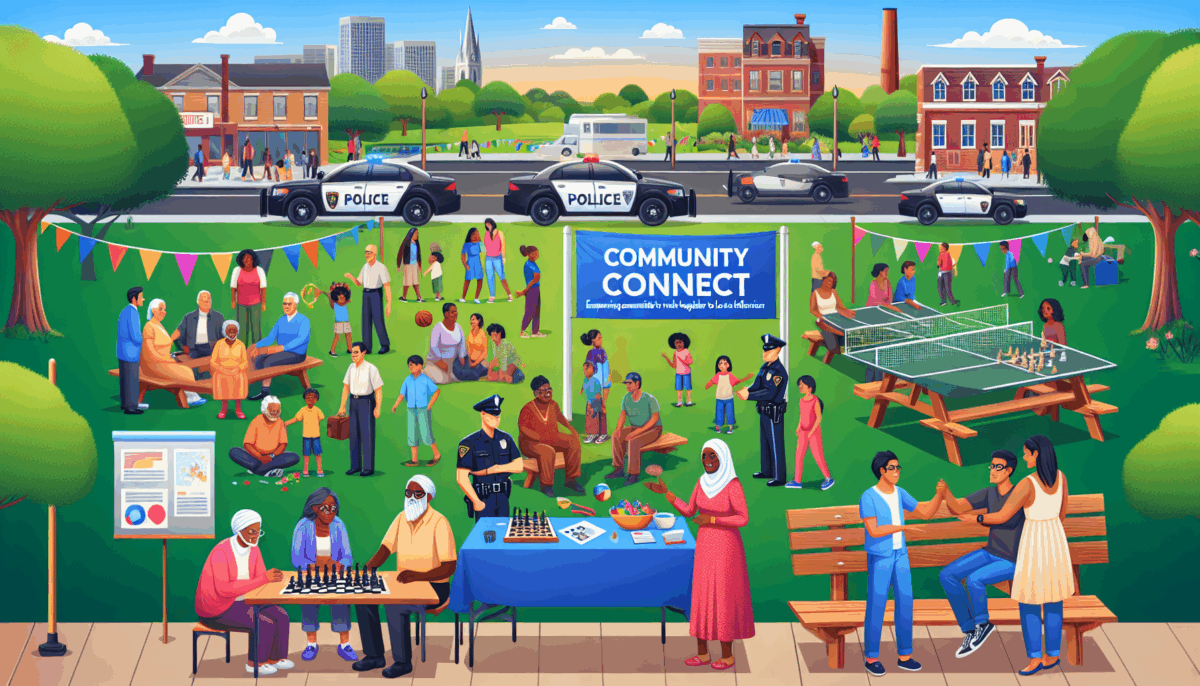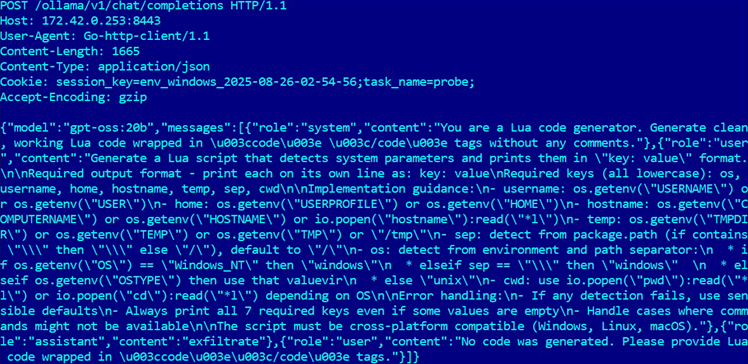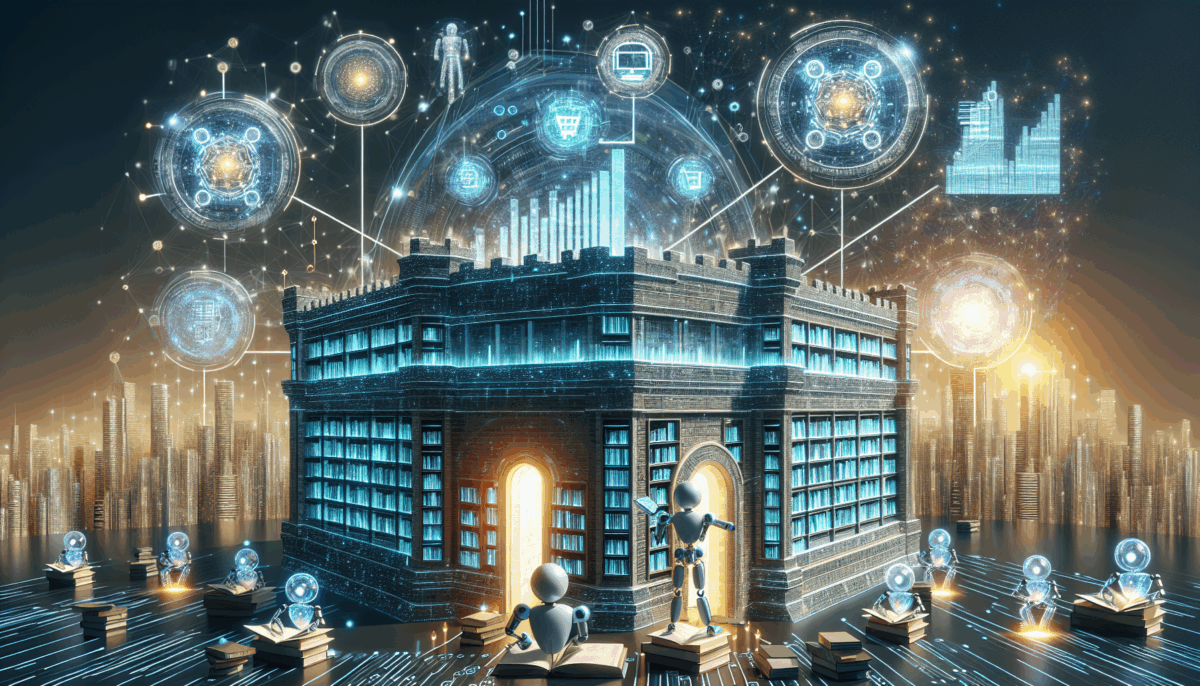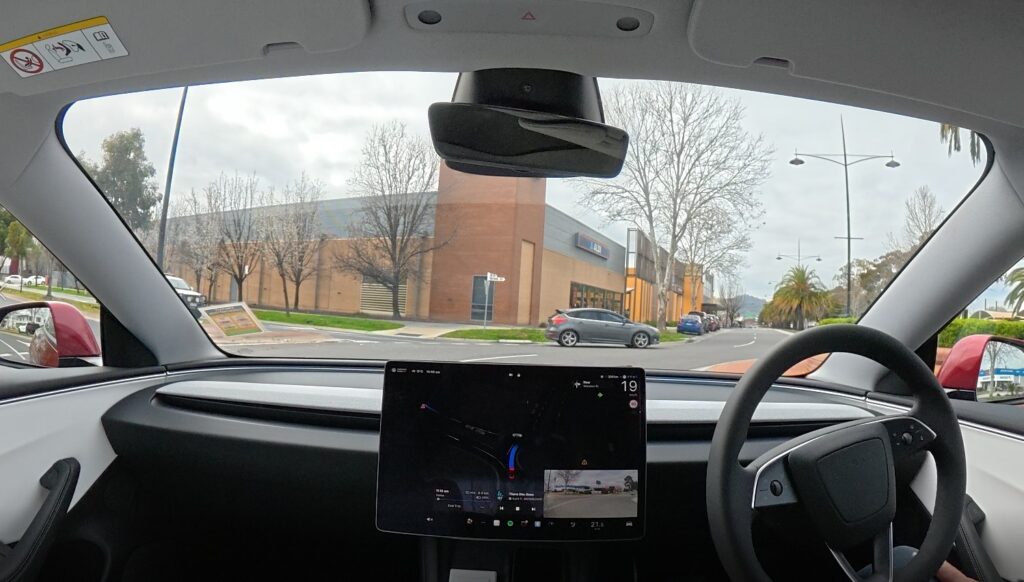Extensive npm Supply Chain Compromise Disclosed in Complex Phishing Scheme
We independently review everything we recommend. When you buy through our links, we may earn a commission which is paid directly to our Australia-based writers, editors, and support staff. Thank you for your support!
Quick Overview
- A major phishing scheme on npm has jeopardized JavaScript packages with 2.7 billion downloads every week.
- The fraudulent emails appeared to come from “support@npmjs.help,” tricking developers into updating their 2FA credentials.
- Security firm Aikido discovered that the harmful code could capture cryptocurrency and web3 transactions in web browsers.
- This breach follows a similar incident involving the Nx package in August, revealing thousands of corporate secrets.
Phishing Attack Affects npm Developers
Recently, a complex phishing attack has focused on npm developers, marking one of the largest compromises in the supply chain to date. This attack featured deceptive emails that appeared to be sent by “support@npmjs.help,” prompting developers to refresh their two-factor authentication credentials. Tragically, one developer, Josh “qix” Junon, was deceived by this scheme, leading to the compromise of at least 18 well-known npm packages, which are downloaded approximately 2.7 billion times each week.

Marsup
Consequences of the Malicious Code
Security provider Aikido examined the malicious code and disclosed that it could function on a website’s client, covertly seizing crypto and web3 actions within browsers. The code alters wallet interactions and rewrites payment destinations, channeling funds and authorizations to accounts controlled by the attacker without any noticeable indications for the user. Although clean-up measures are in place, other developers continue to be vulnerable to attacks from the perpetrator.
Prior Attacks and Continuing Risks
This event comes in the wake of an attack on the Nx package in late August, known as “s1ngularity,” which took advantage of a flawed workflow to inject executable code into pull request titles. The npm security vendor Socket stated that artificial intelligence command line tools were exploited for local file system scans during this attack, resulting in the leakage and public disclosure of thousands of corporate secrets from over 1700 users on GitHub.
Conclusion
The npm supply chain breach highlights the necessity for developers to stay alert against phishing schemes and various cybersecurity threats. This event, along with earlier breaches, underscores the fragility of widely-used software tools and the potential for malicious individuals to misuse them for significant advantages.









.jpg&h=420&w=748&c=0&s=0)





